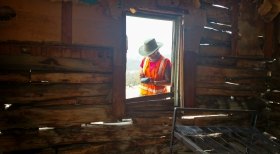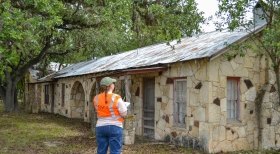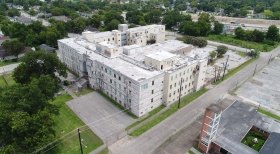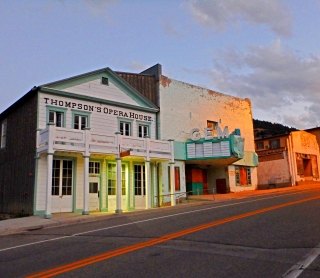
SWCA’s historic preservation consultants are a trusted partner on our clients’ projects from proposal through execution, resulting in a cost-effective, compliant, legally defensible, and innovative solution.
Our experienced, nationwide team can fulfill historic compliance and planning projects with federal, state, and local regulatory nexuses. We use innovation to streamline and expedite mundane tasks while allowing our experienced professionals to focus on the backbone of our work: in-depth historic research, thoughtful analysis, and developing appropriate and focused solutions.
Our historic preservation consultants have a wide range of experience from compliance with Sections 106 and 110 of the National Historic Preservation Act, to analysis under Section 4(f), understanding of unique permitting challenges, and the steps necessary to provide tax incentives for projects. We have experience working with a variety of historic properties including buildings, structures, districts, and landscapes.
Relevant Services
- Archival Research
- Architectural and Landscape Documentation
- HABS, HAER, HALS Documentation
- Historic Contexts
- National Register of Historic Places (NRHP) Nominations
- Preservation Planning
- Preservation Tax Credits
Project Spotlights
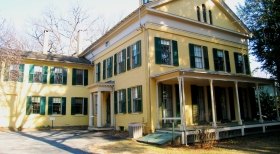
The Wire
The Lost Barn: SWCA Helps Preserve History at Emily Dickinson Museum
Emily Dickinson’s home, built in the early 1800s, is preserved and open to the public as part of the Emily Dickinson Museum in Amherst, Massachusetts. Interested in building a historic replica of a backyard barn, the museum needed to know its exact location so as not to run utility lines through the original foundation or unintentionally destroy any artifacts during an upcoming maintenance renovation.
“We dig a lot of holes, so it’s fun when we actually dig some things up,” said Chris Donta, Project Manager and Cultural Resources team lead.

SWCA News
SWCA Historical Preservation Work Contributes to Good Brick Award
SWCA’s recent historic preservation work on a sanctuary renovation in Houston, TX was key to the church’s win of a Good Brick Award. Good Brick Awards have been awarded by Preservation Houston since 1979 to recognize outstanding historic preservation projects in Houston.
The St. Paul’s United Methodist Church contracted SWCA’s services for the restoration of their historic 1930 sanctuary using historic preservation tax credits. As part of the Texas Historic Preservation Tax Credit program, non-profits can earn 25% of their qualified rehabilitation expenses in the form of a tax credit. SWCA’s work on this project helped the church earn $2.3 million in tax credits to apply to their construction loan.
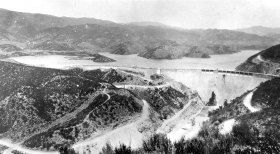
The Wire
What Was Lost: Preserving History and Post-Fire Restoration in Angeles National Forest
Even if you’re not familiar with San Francisquito Canyon watershed, you may have heard of the St. Francis Dam disaster of 1928, one of the largest engineering failures in U.S. history. Today, the site serves as an informal memorial for the lives lost in the dam disaster, and visitors come regularly to pay their respects. Remnants of the dam have been left behind in San Francisquito Canyon Creek, which provides sensitive cultural and historical context to visitors. However, those remnants are also contributing to an aquatic organism passage (AOP) barrier.
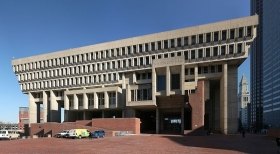
The Wire
That 70s Place: What "Late Modernism" Means for Historic Preservation
In the 1970s, lapels were wide, fabrics were synthetic, and architectural features like oddly shaped windows and concrete panels suggested that George Jetson designed buildings from behind his atomic-powered drafting table.
In 1966, shortly before this rocket ride from traditional to “far out” in architectural design, President Lyndon Johnson signed the National Historic Preservation Act (NHPA). A little more than 50 years old now, the NHPA has cultivated an equal share of supporters and detractors.
